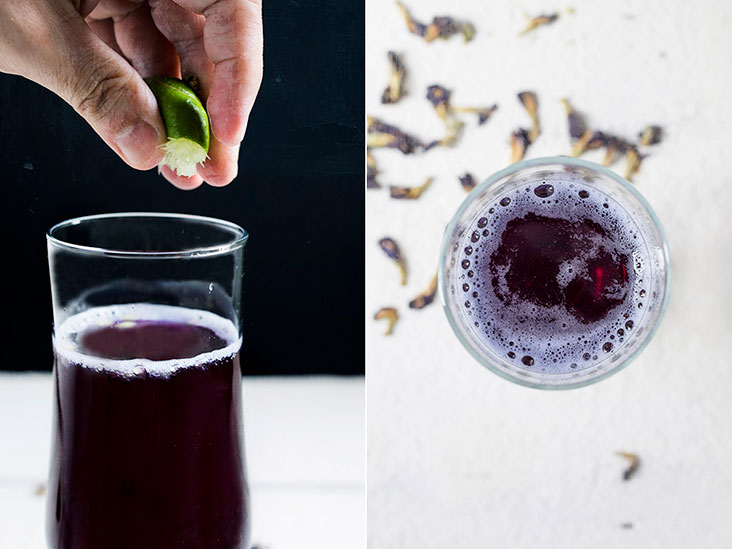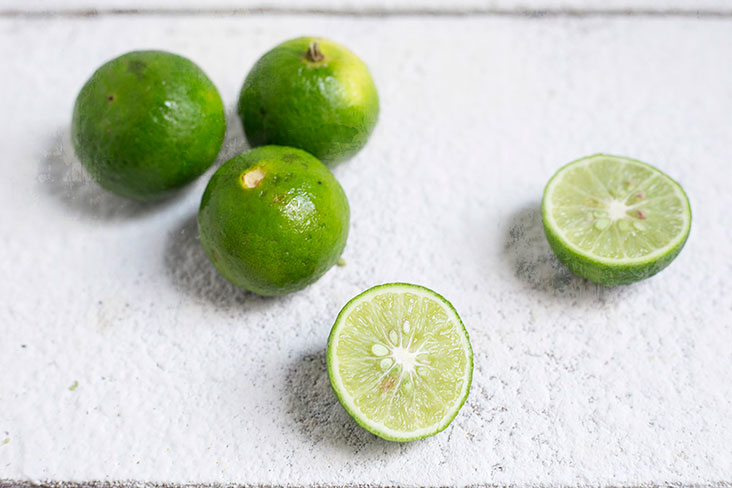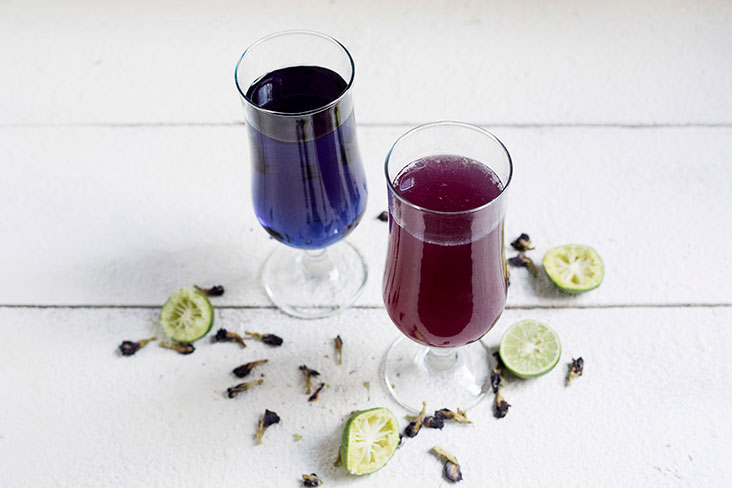KUALA LUMPUR, Nov 7 – Did you know that violet hues can be found within sapphires? If you are like me, you’d associate every gemstone with a certain colour – emerald green, ruby red, black obsidian and, yes, sapphire blue.
But as with much in life, nothing is quite cut and dried.
I’m reminded of this as I take a walk in the small park opposite my home. There’s a tendency to get cooped up inside all day since we are encouraged to #StayAtHome yet some exercise, albeit with safe social distancing, is necessary to stay fit and healthy.
And walks are great ways to see things we’d otherwise not notice. Without our devices and their exhortations to check the latest social media feed, we observe Nature and our surroundings as they are.
We get in a state of flow. Our minds wander and our hearts lighten.
So I’m walking and I notice a bright blue blossom popping out from an unruly bush. It’s a familiar flower; I remember when I was younger, my mother would ask me to go out looking for these around our neighbourhood, to bring home, to use as a natural dye for the Nyonya chang she’d make.

Also known as butterfly pea flowers or bunga telang in Malay, these blooms are common to South-east Asia though growing up, I had only known them as a very typical part of Malaysian flora.
Perhaps it’s that they are such an indispensable part of Peranakan cuisine, as any true blue Malaccan would attest. I can’t imagine kuih seri muka or pulut tai-tai without a smidgen of its cerulean hue.
(When I first came to KL, I was aghast at what passed for Nyonya kuih at some eateries here; the blue of the butterfly pea flower sorely missed. A Malaccan boy’s culture shock, I suppose.)
The Clitoria ternatea is mainly prized for its petals, which are the part of the plant that is so strikingly blue and imparts that same shade to hot water. Besides Nyonya kuih, the flower’s colour is what makes nasi kerabu so distinctive.
So you’d forgive me for thinking this fantastic shrub is entirely Malaysian. It wasn’t till I first visited Bangkok that I realised our northern neighbour also employs it with relish.
Known as dok anchan in Thai, you can enjoy it in traditional khanom (desserts or snacks) such as chaw muang (flower-shaped steamed dumplings filled with fish meat) and certain varieties of khanom chan (not unlike our kuih lapis).
Some restaurants that serve khao chae (“rice soaked in cool water” in Thai) offer the jasmine rice during Songkran in two shades – one naturally white, the other coloured with dok anchan. Many classic salads come garnished with a generous shower of blue pea flower petals.
Yet it was the simplest rendition of this wondrous bloom that truly took my breath away. A coffee junkie, we visited the minimalist Hands and Heart, a tiny café located on the busy Soi Sukhumvit 38.
The weather was sweltering. After our first cup of hot pour over, we realised something chilled and thirst quenching was in order. The barista suggested we try one of their herbal teas.
That’s when I spotted a bottle of dark blue liquid; she told me it’s nam dok anchan or blue pea flower tea. She brought us a glass filled with ice, poured the tea for us. Our first sip was a revelation: subtle yet so familiar, a fragrance from home.

Our barista returned with a tiny glass pitcher; she told us she’d squeezed some limes into it. “Time for magic,” she said. Following her instructions, I poured the lime juice into my nam dok anchan and watched its colour change into a vivid violet.
It’s magic!
If you are like me, you’d associate sapphires with the colour blue. But did you know that violet hues can be found within them? And so it is with the incredible bunga telang – it just needs a little limau to transform and to transfix.
SAPPHIRE SIZZLER
How the colour change happens is through a shift in pH balance. When lime juice is added, the blue tea becomes a violet beverage. The more lime juice is added, the deeper the hue is, darkening from violet to purple.

Of course, any acid would work here: lemon juice, for instance, or if there are no fresh citrus fruits in your kitchen, a pantry staple such as apple cider vinegar would work too. The taste would range from a light tanginess to a harsh astringency, however, so swap with caution.

You may use fresh blue pea flowers or dried ones, whichever is more convenient. Just make sure to remove any green parts (e.g. the leaves and stem) if using fresh flowers; these will lend an astringent flavour to the resultant extract.
Some drinks such as another Thai favourite, nom yen or pink milk, is already far too sweet for most people due to its use of salak-flavoured syrup and condensed milk. So here’s an opportunity to reduce the sweetness or skip it altogether; this recipe uses no sugar or sweeteners.
(If your sweet tooth is revolting at the idea, however, a touch of honey when the blue pea extract is warm would do the trick. Adding it later when cold sparkling water is involved makes it harder for the honey to dissolve.)
Ingredients
1 litre filtered water
10-12 blue pea flowers (fresh or dried)
1 bottle chilled sparkling water
Juice of 3-4 limes
Method
To make the blue pea flower extract, boil the filtered water in a pot. When the water has reached a boil, turn the heat off. Add the blue pea flowers and cover the pot.
Allow the flowers to steep in the water for about five minutes. Using a sieve, strain the blue pea flower extract into a heat-proof jug. Set aside to cool.

When the blue pea flower extract has cooled, you can add a little to a serving glass (no more than quarter full, less is preferable). Top it up with sparkling water to your desired volume.

Serve as is or after a sip or two, add a few drops of lime juice and watch the colour change. (It’s magic!)
For more Weekend Kitchen and other slice-of-life stories, visit lifeforbeginners.com.






















